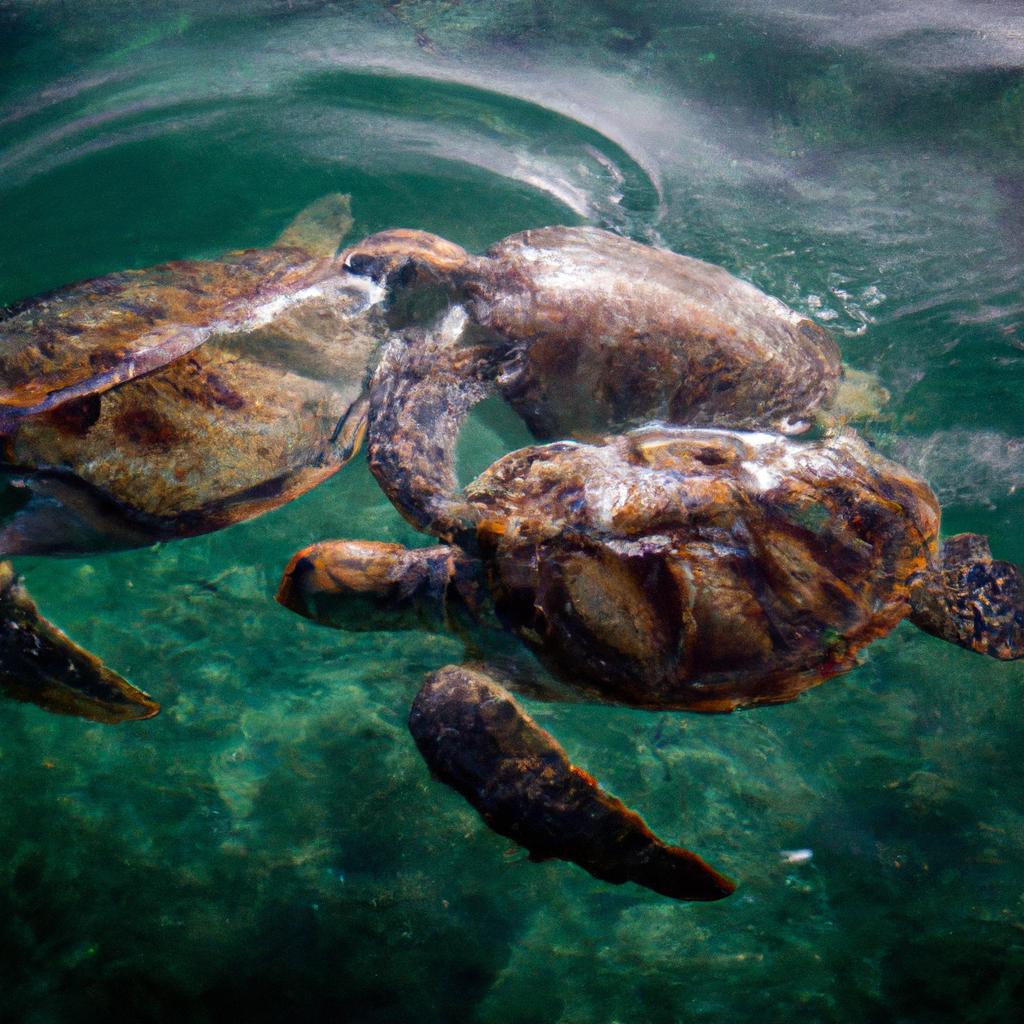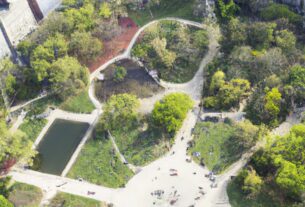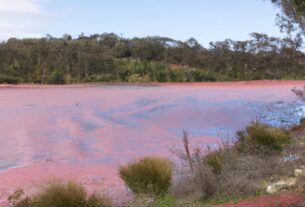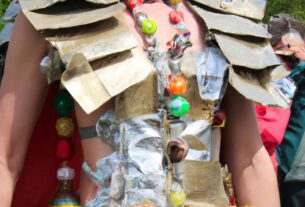Seychelles, an enchanting island nation nestled in the Indian Ocean, is renowned for its unspoiled beaches, vibrant coral reefs, and diverse marine life. Among the many magnificent creatures that call Seychelles home are turtles. These gentle beings have been dwelling in the surrounding waters of Seychelles for millions of years. However, in recent times, their population has been dwindling due to various threats.
Preserving Seychelles turtles is not only crucial for the well-being of these creatures but also for the overall health of the marine ecosystem. Turtles play a vital role in maintaining a harmonious balance within marine life. Their absence can lead to an uncontrollable rise in the population of certain species, triggering an imbalance in the delicate ecosystem.
Moreover, Seychelles turtles hold immense cultural significance for the nation. They are deeply ingrained in the local culture and revered by the people of Seychelles.
In this article, we will delve into the diverse species of Seychelles turtles, their habitats, ongoing conservation efforts, the threats they face, and why it is imperative to preserve these gentle creatures for the future.
Species of Seychelles Turtles
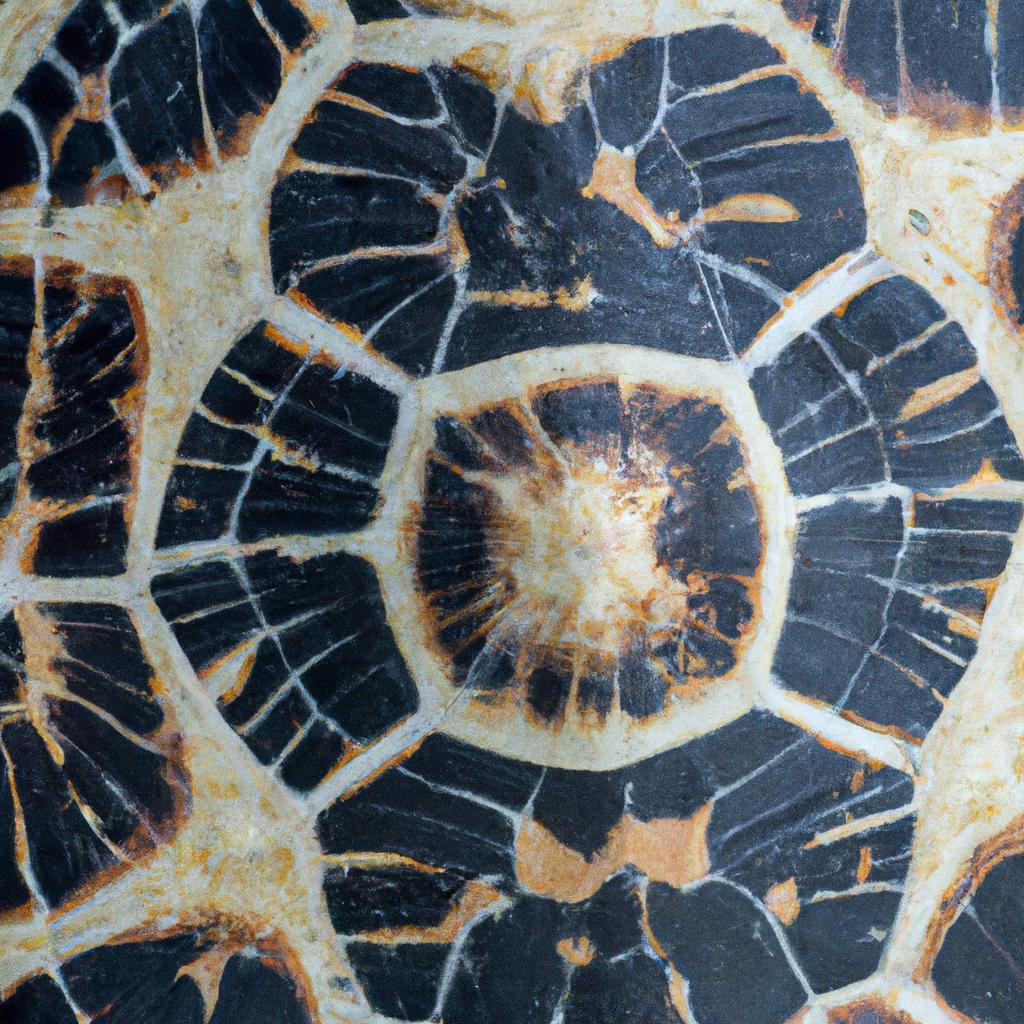
Seychelles is home to four unique species of turtles, each with its distinct characteristics and features. Let’s take a closer look at these species:
Green Turtles
Green turtles, named after the green color of their skin, are the most common species found in Seychelles. They are herbivorous, known for their impressive length of up to three feet and weight of up to 500 pounds. Notably, green turtles are capable of embarking on long-distance migrations to nest on beaches.
Hawksbill Turtles
Hawksbill turtles, another remarkable species found in Seychelles, derive their name from their pointed beak resembling that of a hawk. These turtles possess stunning shells, often used to create exquisite jewelry and decorative items. Unfortunately, they are critically endangered due to threats such as habitat loss and hunting.
Loggerhead Turtles
Loggerhead turtles, renowned as the largest hard-shelled turtles globally, earned their name from their impressive head size, often as wide as their carapace. These turtles can weigh up to 400 pounds and are distinguished by their powerful jaws, enabling them to feed on hard-shelled prey like crabs and clams.
Leatherback Turtles
Leatherback turtles, the largest turtle species worldwide, can grow up to seven feet long and weigh an astounding 2000 pounds. Their distinct characteristic lies in their soft, leathery shells covered in tough skin. These turtles embark on epic migrations spanning entire oceans.
Habitat and Distribution
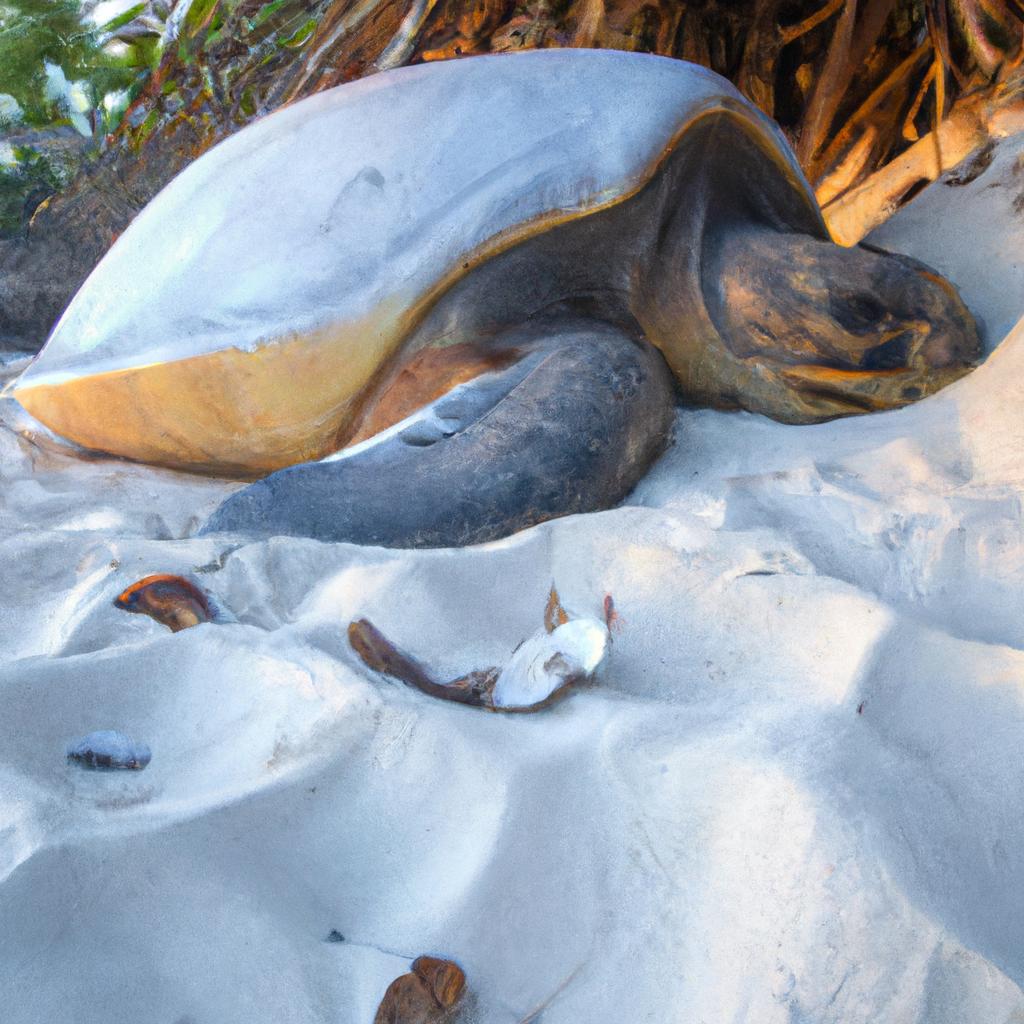
Seychelles’ Marine and Coastal Habitats
Seychelles boasts a diverse array of marine and coastal habitats, providing an ideal environment for turtles to flourish. The nutrient-rich waters surrounding the islands support a wide range of marine life. Coral reefs, seagrass meadows, and mangrove forests serve as vital habitats for turtles, offering nourishment, rest, and breeding grounds.
Specifically, green turtles inhabit the seagrass meadows of Seychelles, essential for their breeding and feeding. Hawksbill turtles, on the other hand, frequent the coral reefs, finding sustenance in sponges, sea anemones, and other invertebrates.
Nesting Sites and Migration Patterns
Seychelles is a significant nesting site for several turtle species, including green turtles and hawksbill turtles. The pristine beaches of Seychelles provide the ideal breeding ground for these turtles. Females come ashore to lay their eggs, and upon hatching, the hatchlings instinctively make their way into the sea.
Turtles are known for their extensive migrations between their feeding and nesting grounds. For instance, green turtles travel thousands of miles between the seagrass meadows of Seychelles and their nesting grounds in the Chagos Archipelago.
Preservation of the nesting sites and feeding grounds is crucial for ensuring the survival of these gentle creatures. The destruction of these habitats due to human activities such as coastal development and pollution could have devastating consequences for turtle populations.
Conservation Efforts
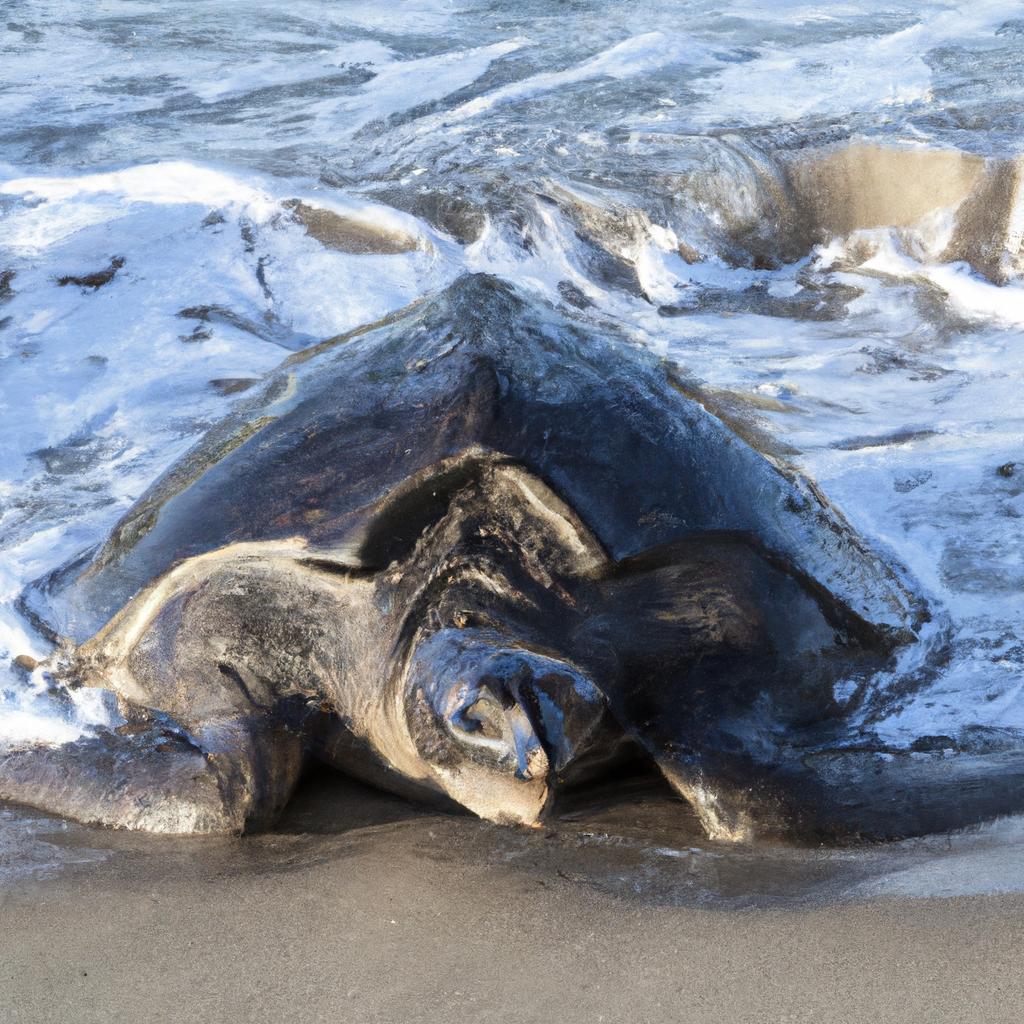
For several years, Seychelles has been actively involved in conservation efforts aimed at safeguarding its diverse turtle species. These endeavors are jointly pursued by the government and non-governmental organizations (NGOs) dedicated to preserving the natural habitats and nesting sites of turtles.
Government and NGO initiatives
The Seychelles government has implemented numerous initiatives to protect turtles. Notably, the Seychelles Turtle Conservation and Monitoring Program (STCMP) was established in 1994. As part of this program, nesting sites are safeguarded, and population monitoring, behavioral studies, and migration patterns are tracked.
Collaborating with the government, NGOs like the Seychelles Islands Foundation (SIF) and the Marine Conservation Society Seychelles (MCSS) actively contribute to turtle preservation. SIF manages the Aldabra Atoll, a UNESCO World Heritage Site housing the largest population of giant tortoises globally. Simultaneously, MCSS raises awareness among local communities about the significance of turtle conservation.
Protection laws and regulations
The government enforces stringent laws and regulations to safeguard turtles and their habitats. Killing or hunting turtles in Seychelles is strictly forbidden, with designated protected areas ensuring undisturbed nesting grounds. An essential entity in the protection of turtles is the Turtle Monitoring and Protection Unit, responsible for enforcing relevant legislation and reporting any illegal activities that may harm the turtles.
Community involvement and education programs
To ensure the success of conservation efforts, community involvement plays a pivotal role. The government and NGOs actively raise awareness among local communities about the importance of turtle conservation. Educational programs are implemented in schools, imparting knowledge about protecting turtles.
Encouragingly, communities residing near nesting sites are actively engaged in conservation efforts. They are trained to identify turtle nesting areas and report any illegal activities that might jeopardize the well-being of these precious creatures.
In conclusion, Seychelles’ ongoing conservation efforts have made a significant impact on turtle protection. The government, NGOs, and local communities collaborate to ensure the safety of turtles. As a result, the turtle population in Seychelles is gradually recovering.
Threats to Seychelles Turtles
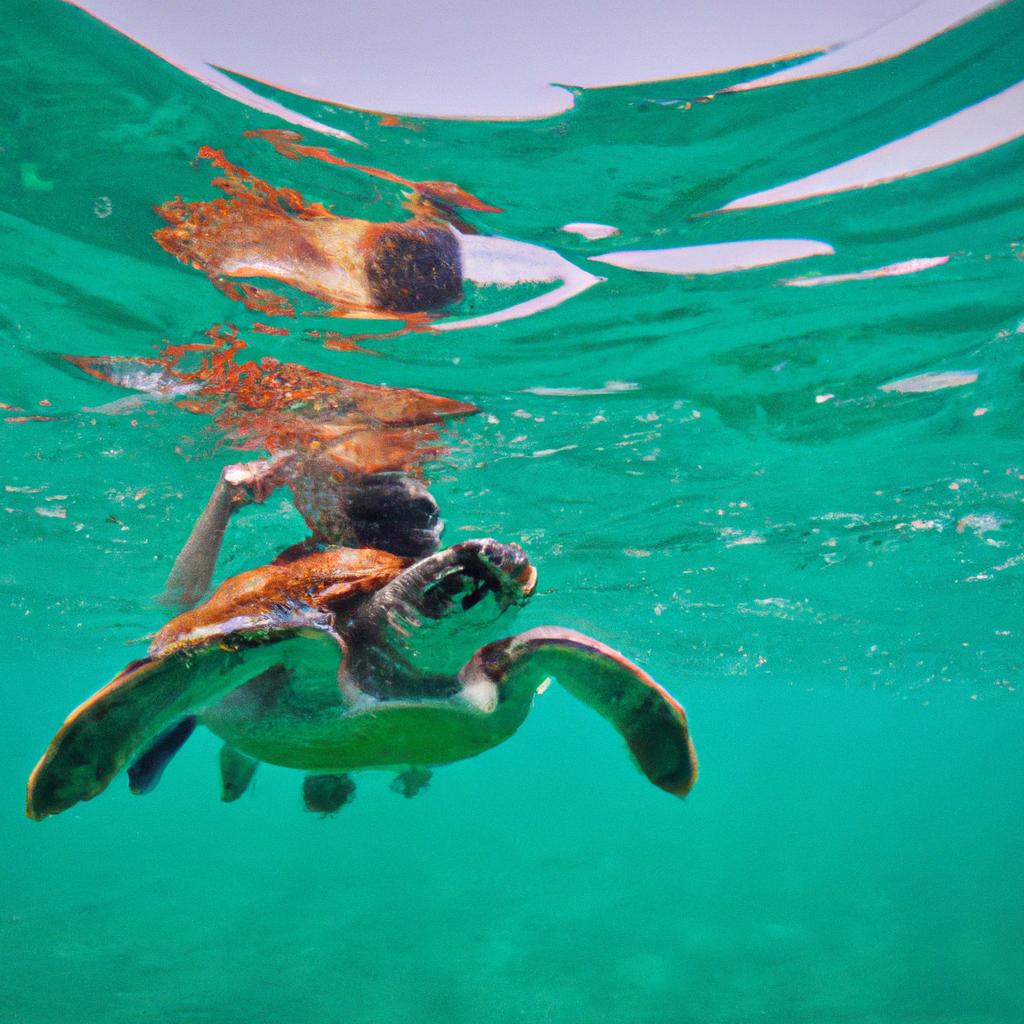
Unfortunately, Seychelles turtles face numerous threats that jeopardize their survival. Some primary threats to these remarkable creatures include:
Climate change and rising sea levels
Climate change poses a significant threat to the survival of Seychelles turtles. Rising water temperatures can disrupt their reproductive cycles, resulting in population declines. Additionally, rising sea levels endanger nesting sites, often causing flooding that destroys eggs and reduces chances of survival.
Pollution and plastics
Pollution constitutes another substantial threat to Seychelles turtles. Marine ecosystems are burdened with plastics, chemicals, and other waste products detrimental to turtle health. Turtles frequently mistake plastic bags and debris for their primary food source, jellyfish. Ingesting such items can lead to blockages in their digestive system, potentially proving fatal.
Overfishing and bycatch
Overfishing and bycatch significantly endanger Seychelles turtles. Turtles often become entangled in fishing nets, resulting in injuries or even death. Furthermore, they are prone to getting trapped in fishing gear, hampering their movement and hindering their ability to feed.
Poaching and illegal trade
Poaching and illegal trade of turtles and their eggs pose severe threats to their survival. In certain regions, turtle meat, shells, and eggs are considered delicacies, driving the illegal trade. Such activities can have a devastating impact on turtle populations, leading to their decline.
Addressing these threats and taking decisive action is crucial to ensure the survival of Seychelles turtles. Conservation efforts, community involvement, and education play vital roles in preserving these gentle creatures for future generations.
Conclusion
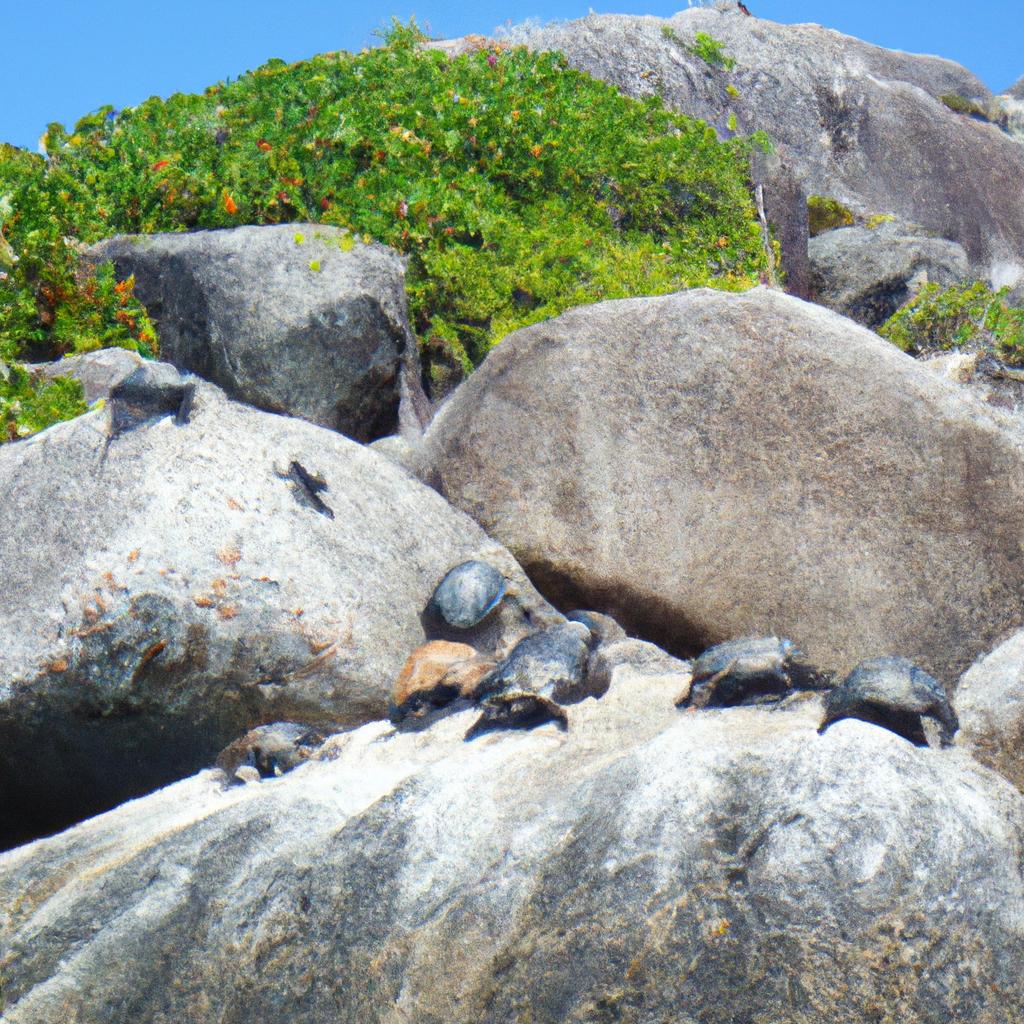
In conclusion, Seychelles turtles hold immense importance within the marine ecosystem and are deeply intertwined with the cultural heritage of the nation. They face significant threats such as climate change, pollution, overfishing, and poaching. It is imperative that we take action and preserve these gentle creatures for generations to come.
Governments, NGOs, and individuals all have a part to play in preserving Seychelles turtles. By supporting conservation efforts through donations, spreading awareness, reducing our carbon footprint, and avoiding products that contribute to the decline of turtle populations, we can collectively make a difference.
At TooLacks, we are driven by our commitment to nature conservation and raising awareness about the crucial importance of preserving biodiversity. Together, we can ensure that Seychelles turtles continue to thrive, contributing to the well-being of our oceans.
Remember, every small action counts. Let’s take a step towards a brighter future for Seychelles turtles and the marine ecosystem.
